Holocaust
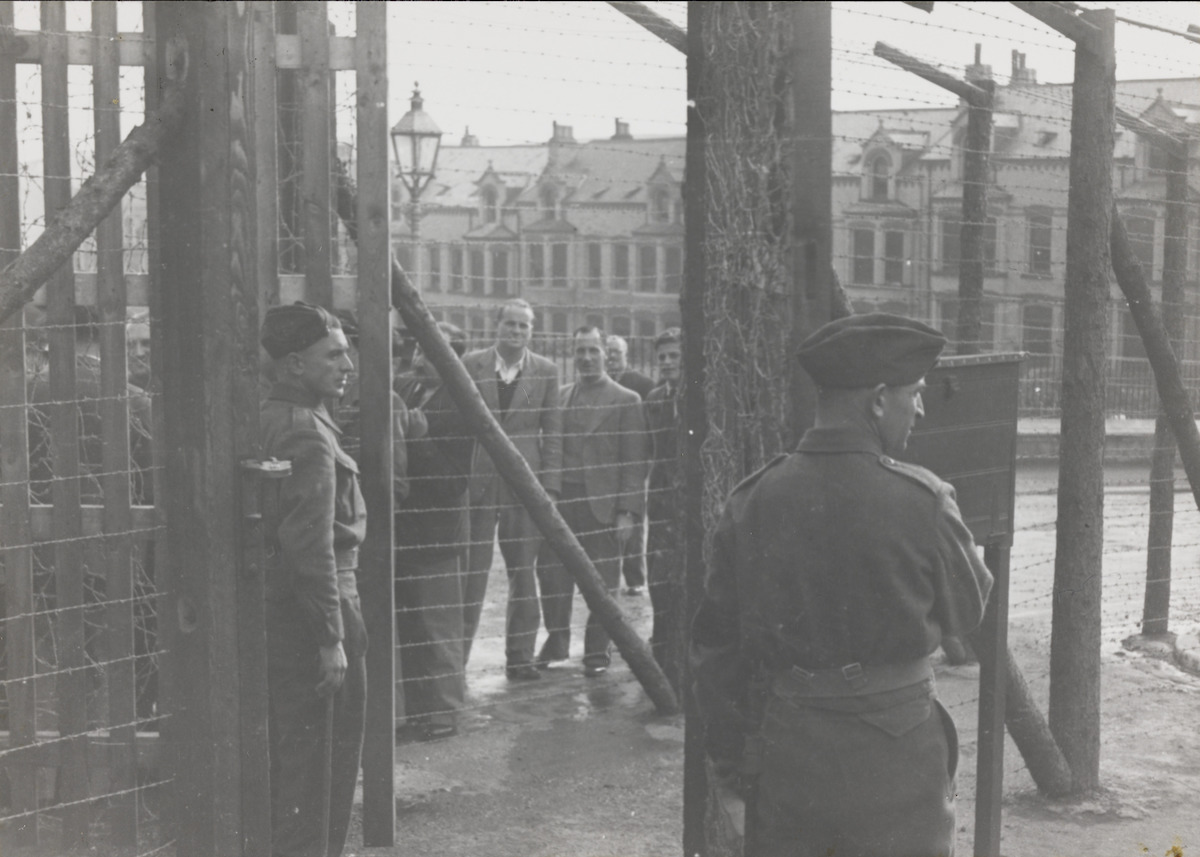
THE ISLAND OF EXTRAORDINARY CAPTIVES
Book Talk by author Simon Parkin, London
ONLINE
VA, United States
In May 1940, faced with a country gripped by paranoia, Britain’s Prime Minister Winston Churchill ordered the internment of all German and Austrian citizens living in the country. Most were refugees who had come to the country to escape Nazi oppression. They were now imprisoned by the country in which they had staked their trust. More than 1,200 men were taken to Hutchinson camp, on the Isle of Man, which a group of world-renowned artists, musicians and academics turned into history’s most extraordinary prison camp. This is a story of a battle between fear and compassion at a time of national crisis that reveals how Britain’s treatment of refugees during the Second World War led to one of the [...]
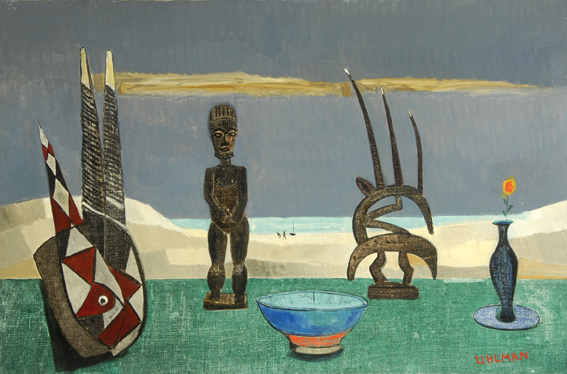
From Émigré to Englishman: Fred Uhlman, ‘Painter of Dreams’
Lecture by Dr. Nicola Baird, London
ONLINE
VA, United States
Manfred [Fred] Uhlman was born on 19th January 1901 in Stuttgart, Germany, the eldest child of Ludwig Uhlman (1869–c.1943), a textile merchant, and his wife, Johanna Grombacher (1879–c.1943), both of whom were later to perish at Theresienstadt concentration camp. He studied law at the Universities of Freiburg, Munich, and Tübingen, graduating with a doctorate in 1923. In 1927 he joined the Social Democrat Party, becoming its official legal representative in 1932. Image above: Fred Uhlman, Still Life with African Figures, oil on canvas, Hatton Gallery, © the artist's estate / Bridgeman Images. Photo credit: Hatton Gallery In March 1933, after a warning that his arrest was imminent because of his political affiliations, he fled [...]

Eva Zeisel, Designer Extraordinaire
Lecture by daughter Jean Richards, New York
ONLINE
VA, United States
Eva Zeisel (born Éva Amália Striker, Budapest 1906 –2011 New City, New York) was one of the most important designers of the 20th century. She believed that beautiful things make people happy. Although she was known for her ceramic tableware, she also designed in glass, wood, plastic and metal. Her designs are in major museums around the world, including the Metropolitan Museum, the British Museum and MoMA, where she had the first one woman show in 1946. Lecture by Eva’s daughter Jean Richards. Image above: Eva Zeisel, Red Wing Pottery pieces from "Town and Country" collection. Glazed earthenware, ca. 1945. CC BY 4.0 Photograph of a young Eva Zeisel. © Eva [...]
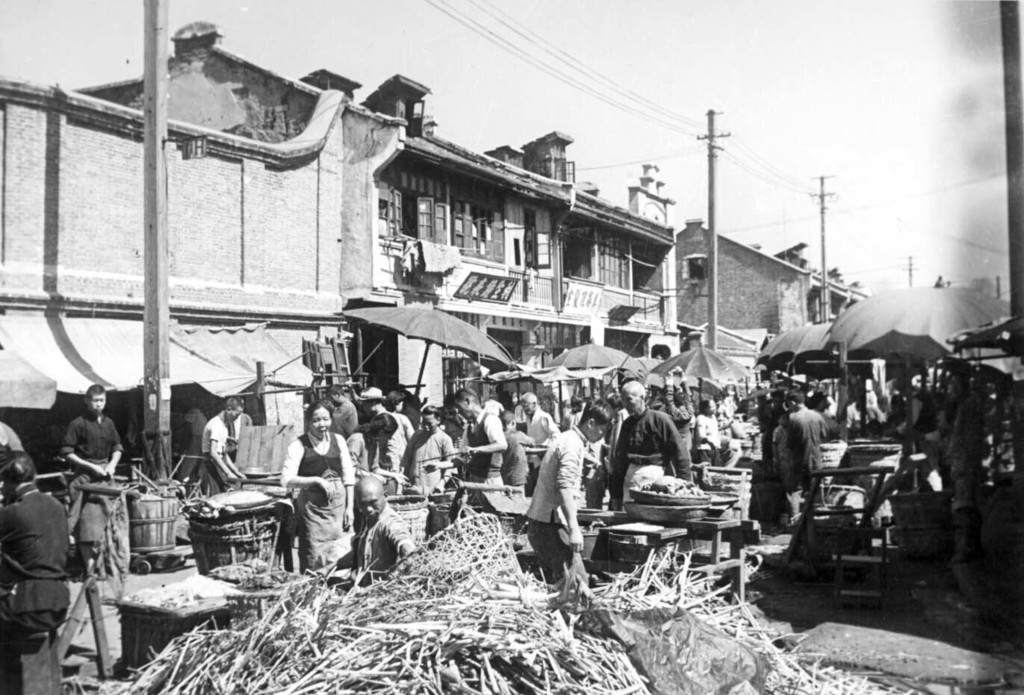
Horst Eisfelder (1925-2023):
Diasporic Life in Shanghai’s State of Exception
Lecture by Dr Noit Banai, Hong Kong
and Dr Anna Hirsh, Melbourne
ONLINE
VA, United States
Lecture by Dr Noit Banai and Dr Anna Hirsh, followed by Q&A with Rodney Eisfelder, son of Horst Eisfelder. Image above: Horst Eisfelder. Street scene in the Shanghai Ghetto, Shanghai, China, circa 1945. Black and white photograph. Copyright: Horst Eisfelder estate After fleeing Berlin a few weeks before Kristallnacht and arriving in Shanghai with his family in late November 1938, Horst Eisfelder (1925-2023) became one of the most prolific photographers of the ‘Shanghai Ghetto’ before emigrating to Australia in May 1947. Embedded within the history and theory of photography, this presentation considers his images of the city of Shanghai as well as the Designated Area for Stateless Refugees as vital representations through which to understand [...]
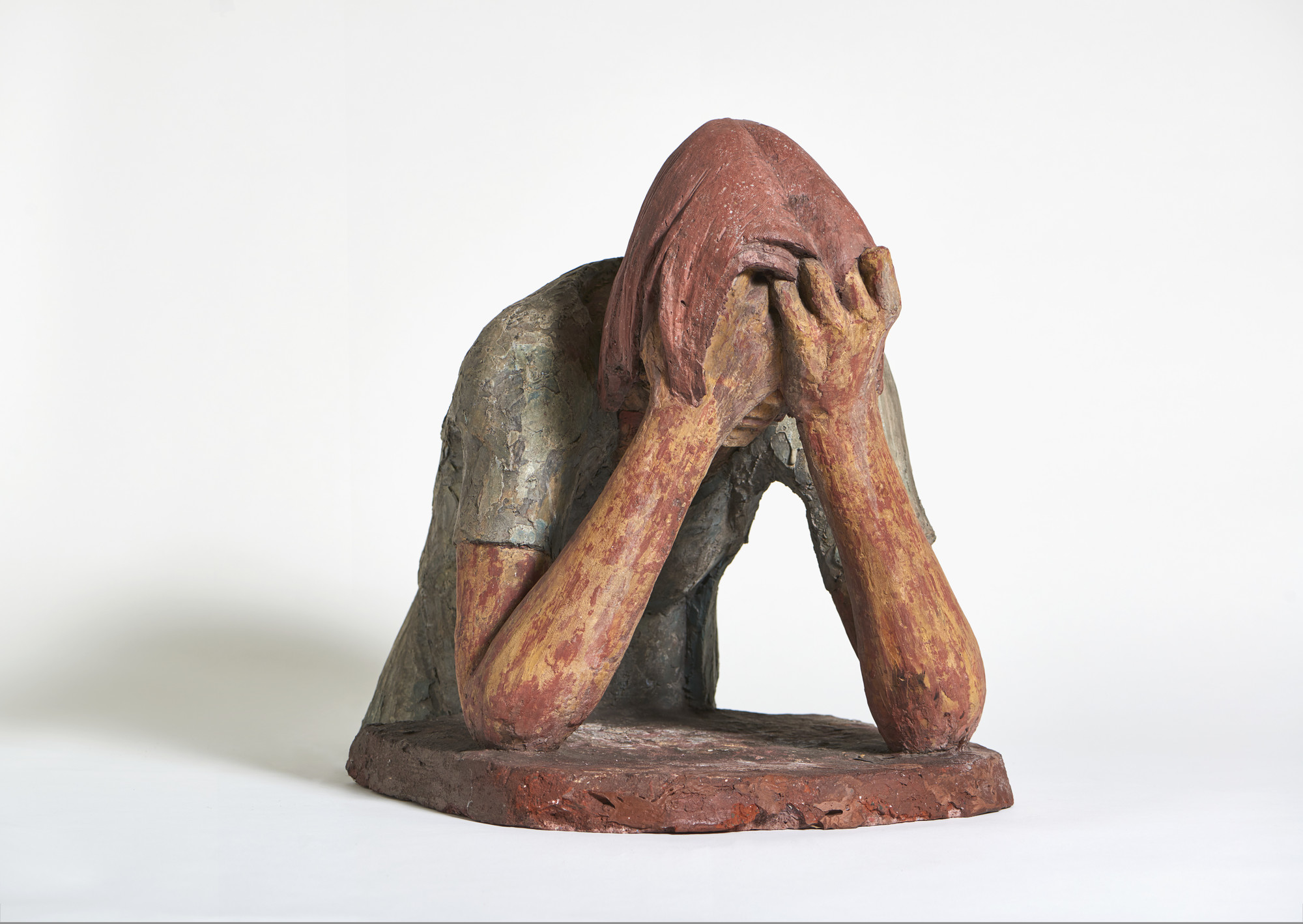
Peter László Péri (1899-1967).
A Hungarian-born Artist in Berlin and London
Lecture by Arie Hartog, Bremen (Germany)
ONLINE
VA, United States
In this talk, Arie Hartog, director of the Gerhard-Marcks-Haus in Bremen, Germany, draws attention to a sculptor who contradicts the common narrative of modern art in the 20th century. Péri began as a constructivist and ended as a figurative artist. Yet he was not an academic traditional sculptor. Introductory remarks by Lilla Farkas, Cultural attaché at the Liszt Institute of the Consulate General of Hungary in New York. Image above: Peter László Péri, Sadness, 1938–1945, pigmented and painted concrete, 52 × 40 × 60 cm. Photo: Jake Wallters © Peter László Péri Estate, London Peter László Péri was born Ladislas Weisz in Budapest in 1889. Peri became the Hungarianized family name in 1918. In 1919, he [...]

Klaus Friedeberger (1922-2019).
Journey Around the World
Lecture by Monica Sidhu, London
Q&A with wife Julie Friedeberger and British Museum curator Stephen Coppel, London
ONLINE
VA, United States
Presentation by Monica Sidhu, followed by a conversation with the late Klaus’ wife Julie Friedeberger and British Museum curator Stephen Coppel, London. Image above: Klaus Friedeberger, Children Playing, 1959-1962, oil on canvas. Copyright Klaus Friedeberger estate Born in Berlin in 1922 the artist Klaus Friedeberger escaped Nazi Germany in 1937. After studying at the Quaker School in Holland he arrived in London as a refugee in 1939. Classified as ‘enemy alien’ he was interned and subsequently deported to Australia on the transport ship Dunera. He spent two years in internment camps at Hay in New South Wales. Released in 1942 he joined the Australian Army labour corps and after demobilisation he studied art at East [...]

Samson Schames: Fragments of Exile
Lecture by Annika Friedman, Frankfurt
ONLINE
VA, United States
This event is sponsored by Ilona Oltuski in memory of Ruth Drory. Image above: Samson Schames, Kindling of the Lights, c. 1956. Glass tiles on glass, 56 x 71 cm. Jewish Museum Frankfurt Samson Schames (1898-1967) came from a long-established Jewish family in Frankfurt am Main. With the support of his uncle, renowned gallery owner Ludwig Schames, he made his way into the 1920s art scene and began his training as a painter, graphic artist, and stage designer. Schames’ designs, drawings, and oil paintings from the period up to 1933 testify to his deep connection to Frankfurt and her landscapes. Samson Schames, Opernplatz Frankfurt, 1930. Jewish Museum Frankfurt [...]
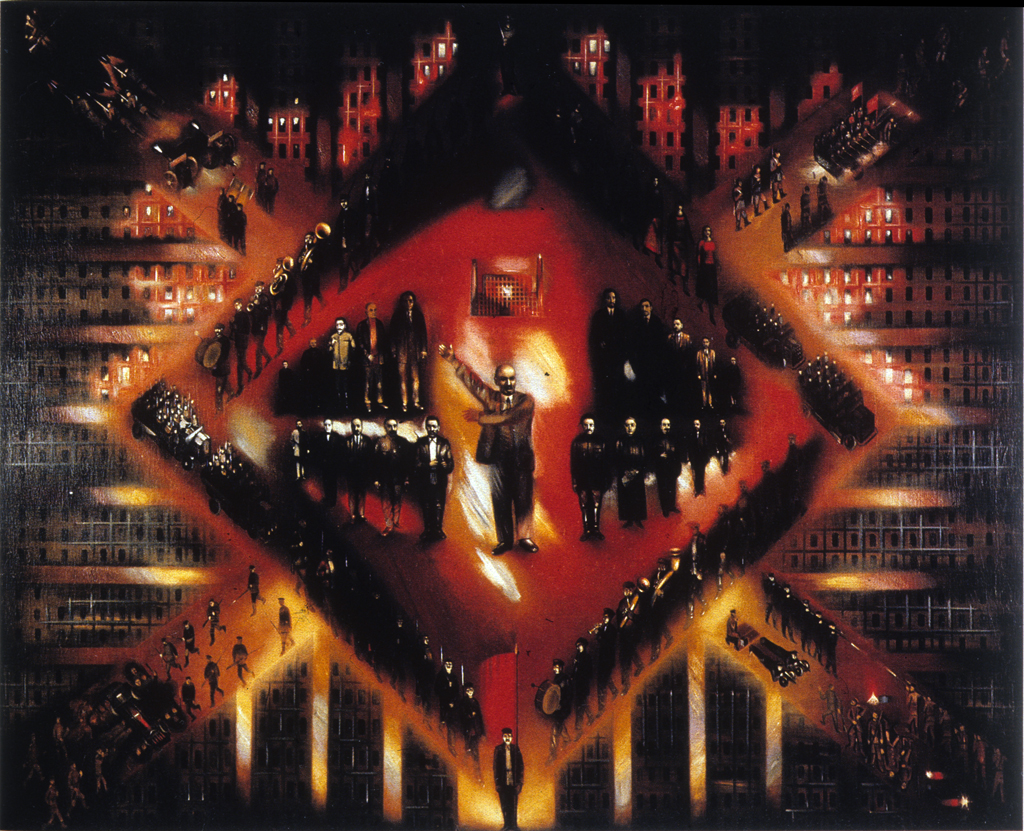
The New Man as Man Machine
A Book Talk by Eckhart Gillen, Berlin
ONLINE
VA, United States
Fifteen years after the great financial crisis of 2008, which shook the capitalist economic system in America and Europe to its foundations, the book “The New Man as Man Machine” presents, for the first time, the interrelationship of art and political economy in the Weimar Republic, the Soviet Union, and the United States of America during the interwar period. By taking a look back at the 1920s and 1930s, it attempts to better understand our own era and its well-founded fears with regard to globalization and a new global economic crisis. Image above: Kliment Redko, Aufstand, 1924-25 This project focuses on how artists reacted to the central questions of the political economy in these three [...]
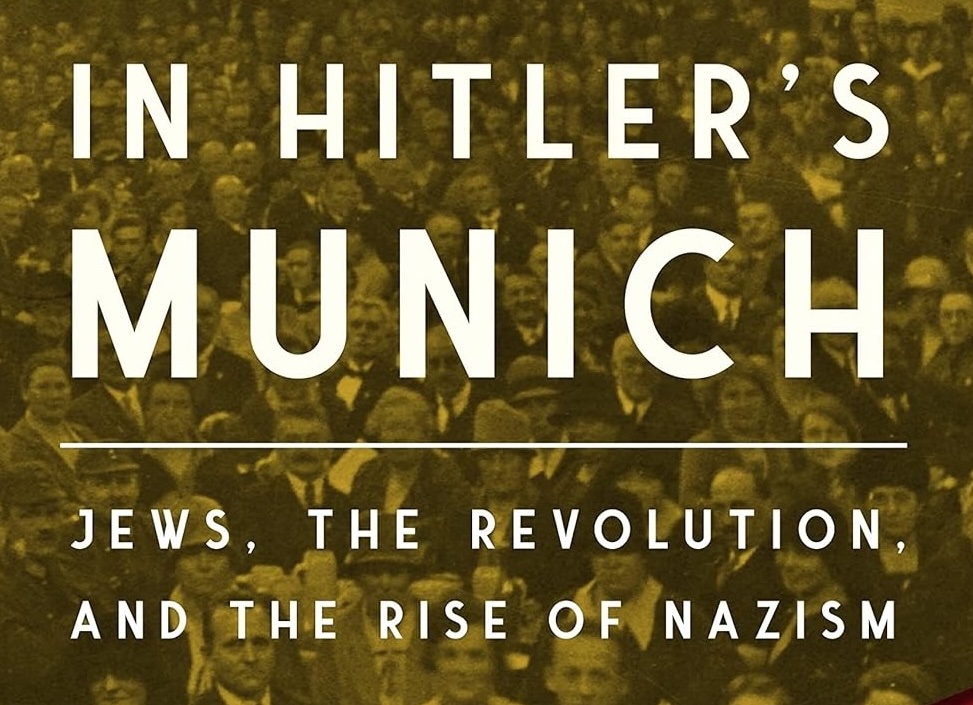
In Hitler’s Munich:
Jews, the Revolution, and the Rise of Nazism
A Book Talk by Michael Brenner, Munich and Washington D.C.
ONLINE
VA, United States
In the aftermath of Germany's defeat in World War I and the failed November Revolution of 1918–19, which was led by many prominent Jewish politicians, the conservative government of Bavaria identified Jews with left-wing radicalism. Munich became a hotbed of right-wing extremism, with synagogues under attack and Jews physically assaulted in the streets. It was here that Adolf Hitler established the Nazi movement and developed his antisemitic ideas. This lecture provides a gripping account of how Bavaria's capital city became the testing ground for Nazism and the Final Solution. Michael Brenner holds the chair of Jewish History and Culture at Ludwig Maximilian University in Munich. He is also Distinguished Professor of History and Seymour and [...]
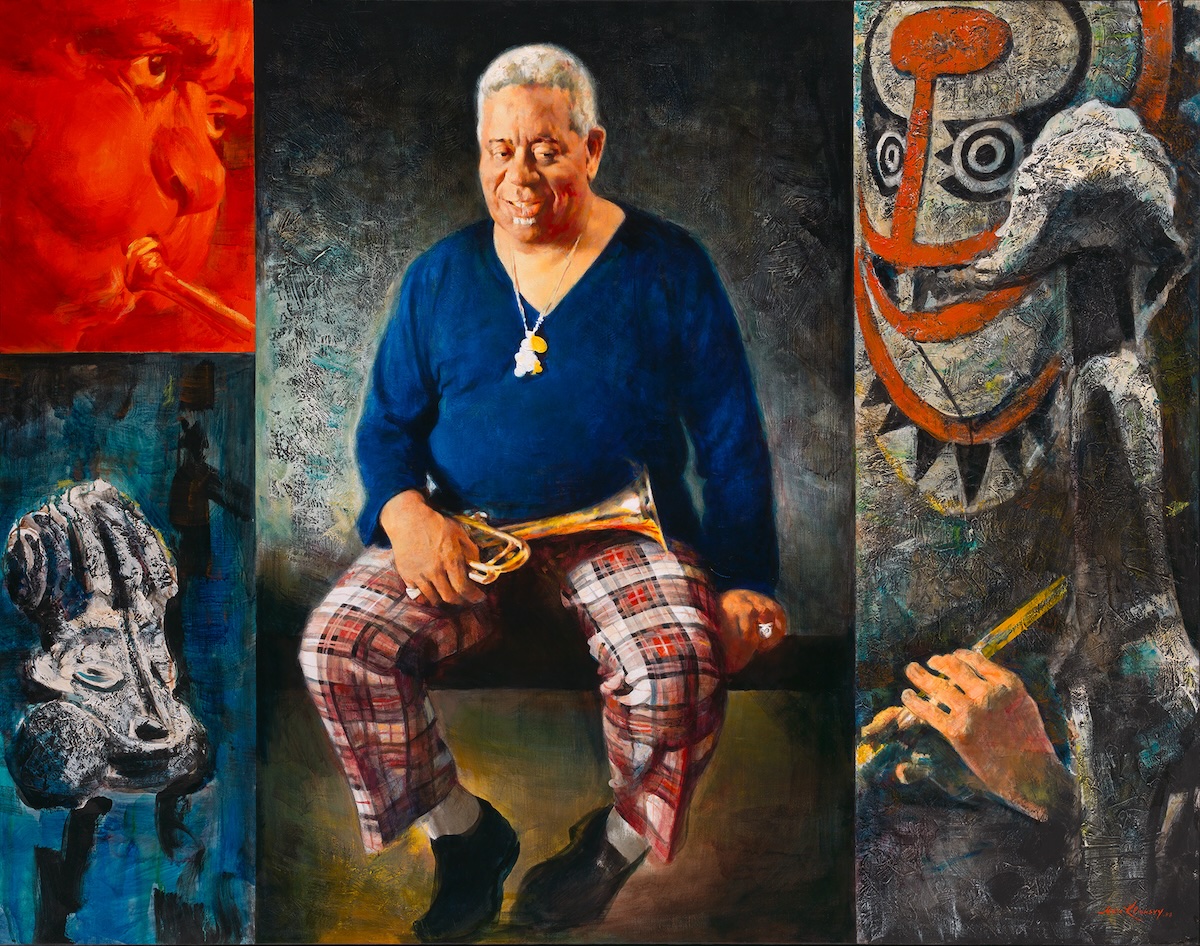
The Art of Marc Klionsky:
Shaping a Three-World Condition from Minsk to New York
Lecture by Ori Z Soltes and conversation with daughter Nadia Klionsky
ONLINE
VA, United States
In this program Georgetown University professor and author, Ori Z Soltes, explores Marc Klionsky's life and work, in part through conversation with his daughter, the scholar and artist, Nadia Klionsky. Image above: Marc Klionsky, Dizzie Gillespie: The Man and his Trumpet, 1988. Oil on canvas, 52 x 66 inches. National Portrait Gallery, Washington, DC. This exciting program features the paintings of Marc Klionsky (1927–2017). Born in the Soviet Union, Klionsky managed to navigate what has been called a “two-world condition”—creating the particularized Soviet Socialist Realist work that was acceptable to the Stalinist and post-Stalinist State while allowing his soul to reveal itself in work that only a very few trusted viewers might see. As [...]


